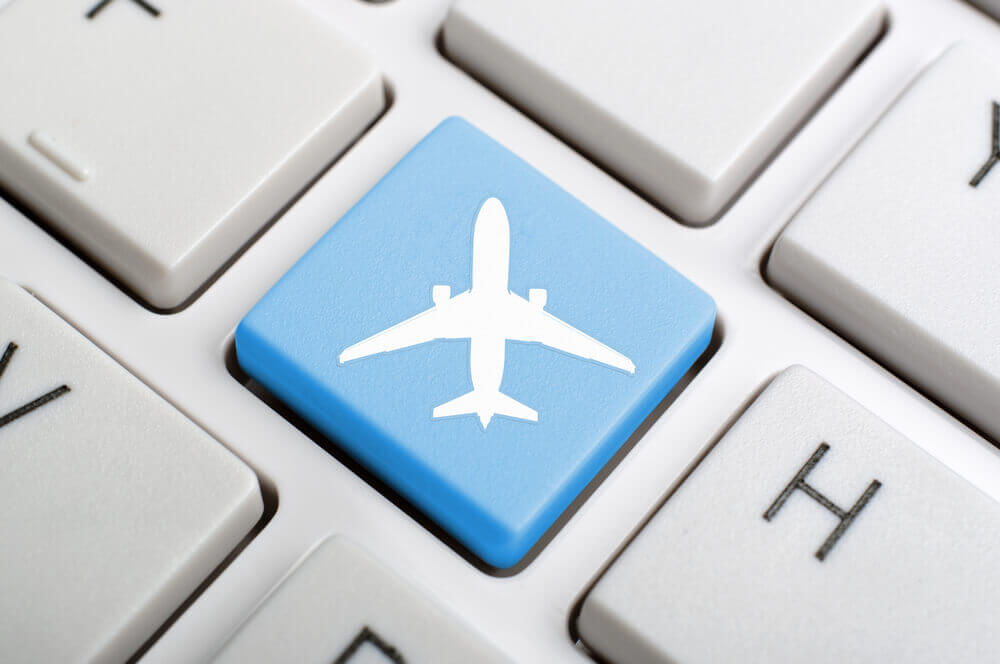
Without a new approach, airline loyalty programs risk alienating many customers.
Since American Airlines created the industry’s first successful customer-loyalty program, in 1981, almost every carrier has followed suit. These programs are hugely important: they encourage customers to fly an airline that otherwise might not be their best choice for a trip. And over time, airlines have learned that frequent-flier miles from such programs are a valuable, aspirational currency they can sell to third parties.
The result has been a boom in the number of miles—which has not, however, been balanced by a similar increase in the number of seats that can be redeemed for them. We estimate that more than 30 trillion frequent-flier miles are currently sitting unspent in accounts. That was enough to let almost every airline passenger in the world redeem miles for a free one-way flight in 2017—if miles could be redeemed for trips without restrictions.
In fact, outstanding balances of miles are becoming much harder to redeem, so programs created to make customers more loyal actually risk alienating them. In this article, we’ll show how airlines have begun to rethink the way they handle redemptions and suggest some ideas on how they could reengage customers by broadening redemptions further.
Successful airline loyalty programs generate lots of miles
Airline customers like miles. Research shows that for certain business travelers, earning them may be the most important decision factor of all. At any rate, many business travelers see collecting miles as a perk of the job. Stories abound of them going out of their way to fly with this or that carrier to earn enough miles to reach its next status tier or to redeem their miles for a dream vacation.
The ability to save up miles for such trips is the reason many customers enroll in customer-loyalty programs in the first place. Eighty percent of all miles are redeemed for flights. (In many programs, they can also be redeemed for hotel stays, car rentals, and consumer products.) In a classic program, 20 round-trip economy-class flights from Europe to North America, at a total cost of around $20,000, can earn a passenger enough miles to redeem a first-class ticket that costs $10,000—a payback of 50 percent!
As we have already noted, airlines realize that selling miles can not only make their passengers more loyal but also generate lucrative income streams in its own right. Airlines are therefore selling more miles to third parties: in 2015, for example, American sold 58 percent of all its miles to them, and in 2016 more than one-third of Australia’s credit-card spending earned Qantas miles. Bloomberg has suggested that some airlines might make more money in this way than from the core business of selling tickets.




